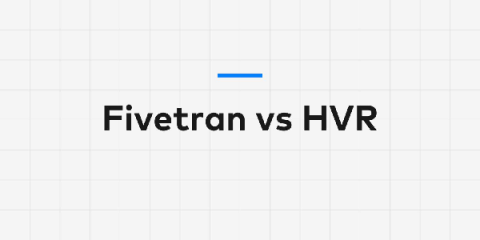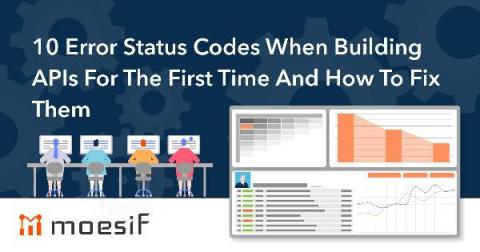Using Xplenty with Parquet for Superior Data Lake Performance
Building a data lake in Amazon S3 using AWS Spectrum to query the data from a Redshift cluster is a common practice. However, when it comes to boosting performance, there are some tricks that are worth learning. One of those is using data in Parquet format, which Redshift considers a best practice. Here's how to use Parquet format with Xplenty for the best data lake performance.









